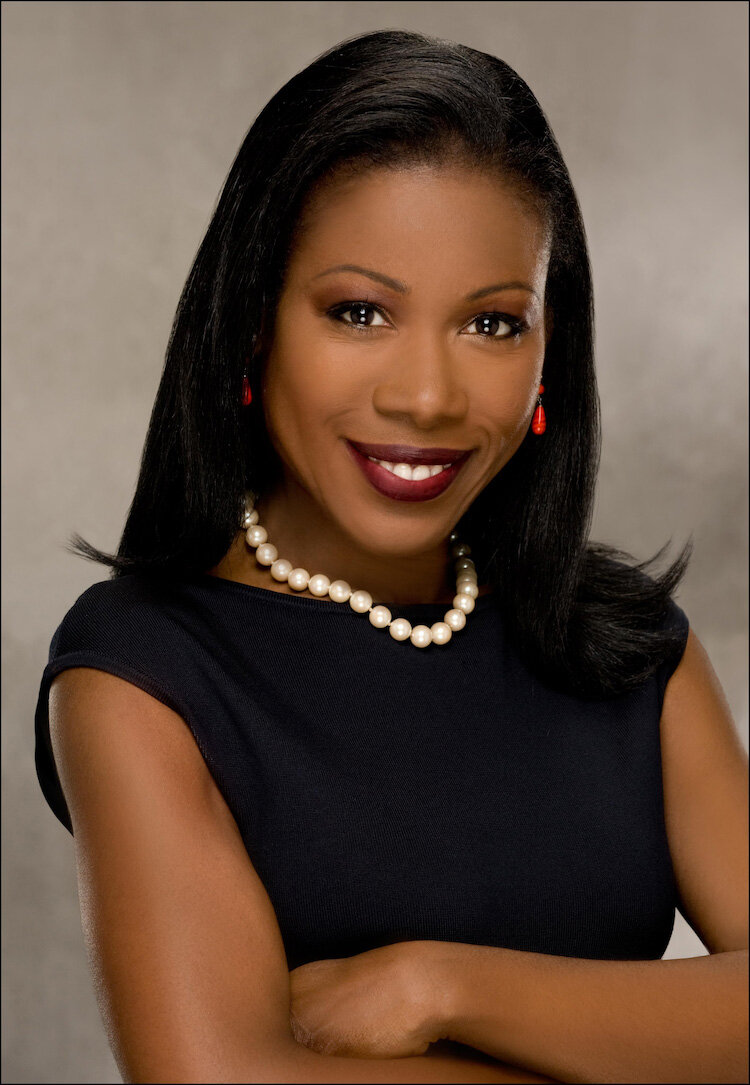There are key moments I can point to in my life in which I am reminded of not just the importance but also the necessity of stories and those willing to tell them. Stories can illustrate the history of a group of people or a nation—a history that is often left incomplete for any number of reasons.
Through works such as Caste and The Warmth of Other Suns, Pulitzer Prize-winning author Isabel Wilkerson ensures that vital chapters of African American history and the truth about the structures underlying society do not fade into obscurity.
On Thursday, September 8th, I attended Wilkerson’s lecture at Galloway United Methodist Church, part of the Medgar Wiley Evers Lecture Series which began in 2003.
When I trudged up the church’s imposing stone steps and entered the sanctuary with my group, I saw that it was almost completely full. We threaded through the aisle, and I could feel the energy buzzing amongst the wooden pews as people chattered excitedly.
When it was time for her to speak, Wilkerson appeared on stage to a standing ovation, her face parted in a warm smile and her hands folded in a gesture of gratitude. Her first book, The Warmth of Other Suns, was a project fifteen years in the making. Through the life stories of three real people, the narrative non-fiction work discusses the Great Migration, the movement of six million African Americans who left the Jim Crow-era South from about the 1910s to the 1970s to seek jobs and better living conditions in the North.
“No migration is about migration,” she clarified. “This book is actually about freedom, and how far people were willing to go to achieve it.”
She discussed the caste system ingrained in society that forced people into hierarchical roles, a system that is still being reckoned with today. Degrading laws and customs prevailed in the Jim Crow South. In many southern cities, courtrooms had different Bibles for white and Black people to swear on. For decades, it was often considered against custom for a Black motorist to pass a white motorist on the road, no matter how slowly the latter was driving.
Wilkerson emphasized the apprehension and fear that individuals and families faced when deciding whether to remain in the South, a place that they had called home for so long. Sadly, the North harbored plenty of prejudice as well, and many who decided to make the move faced a mountain of new hardships, including the practices of red-lining and restrictive covenants. However, as Wilkerson states, this movement allowed people to choose their own paths. In fact, even the knowledge that people could migrate and try to change their lives for the better was empowering for many.
The stories she told would have been enough to make the night’s discussion profound and memorable, but the lecture was further enhanced by Wilkerson’s oratory skill. Her points were well defined, her pacing steady, and she peppered her talk with witty and humorous anecdotes. When a child cried out after she finished one of her points, she grinned and answered, “I agree.”
During the Q&A portion, Wilkerson explored even more moving aspects of the history and her journey with the book. Discussing her selection process for who to focus on among the 1,200 people she talked with, she described how she had wanted a unique, charismatic person from each of the three main routes of the migration: the East Coast, the Midwest, and the West Coast. She expressed how difficult it is for those who endured this era to talk about their experiences, noting that her process of gathering stories involved lots of listening and understanding. When asked if she ever thought about not finishing the project, she said she knew she had to see it through because so many people had placed their trust in her to tell their stories and honor their lives.
Though the darkness of night was discernable through the ornate stained-glass windows, no one was eager to see the discussion end. Without fail, all who came to the mic voiced how much Wilkerson’s work had touched their lives and connected them with their families. When the event did end, Wilkerson left the stage in much the same way as she arrived, applause from the audience’s standing ovation thundering through the sanctuary.
Before the end of her lecture, Wilkerson asked the audience to consider something that most likely has occurred at some point in every one of our families. She asked us to consider the “moment of departure;” for every decision to move to another place with the fervent hope of arriving at something better, there is a sacrifice that must be made—a sacrifice of home, of connection, and of family. There are always people who are left behind. Wilkerson calls us to tell the stories that matter and to lead lives that will honor those before us.
“It is our task and our responsibility to move that forward and to make sure that what they sacrificed was not in vain…We are the beneficiaries of their sacrifice, of their courage, and of their love.”
